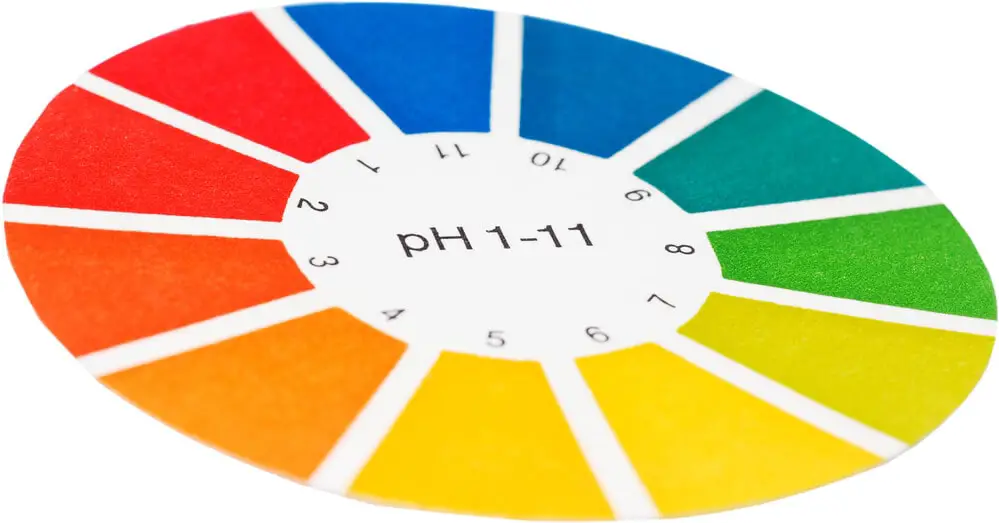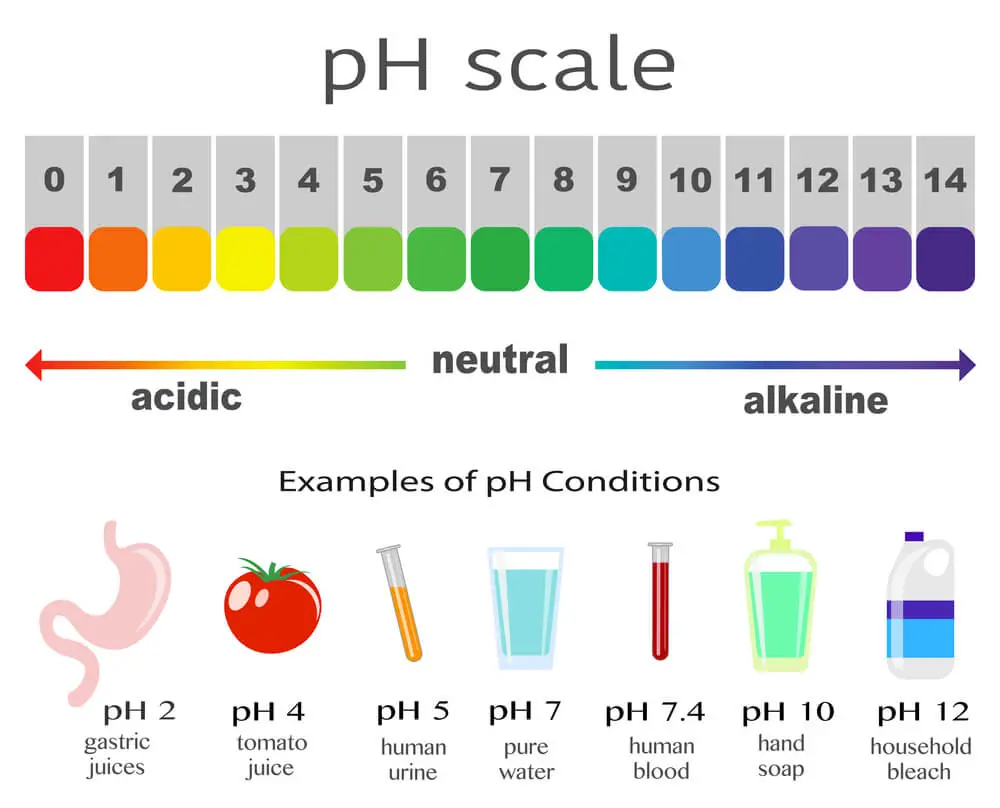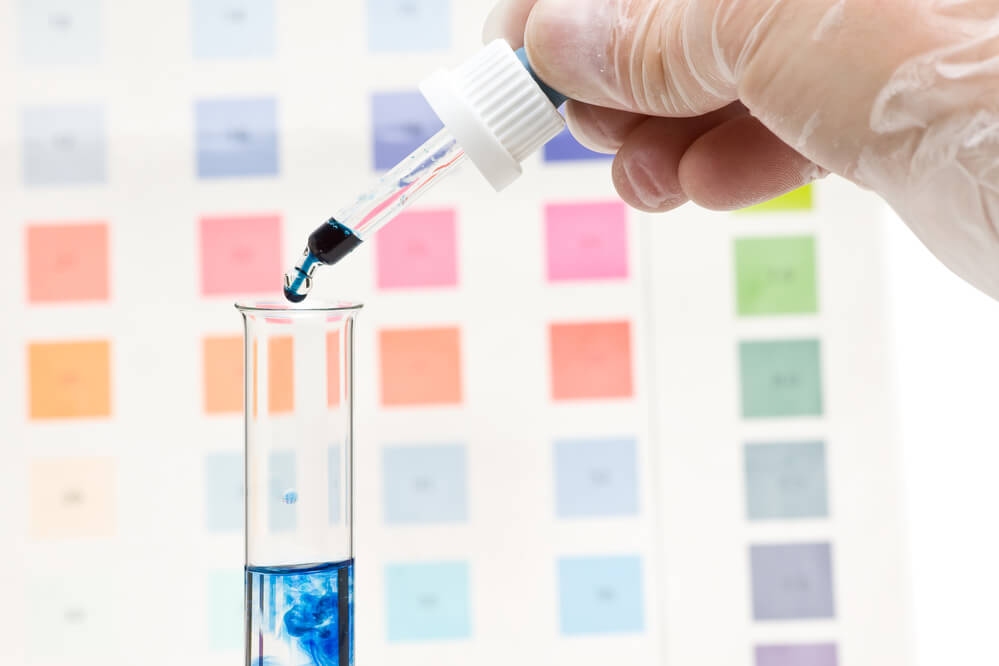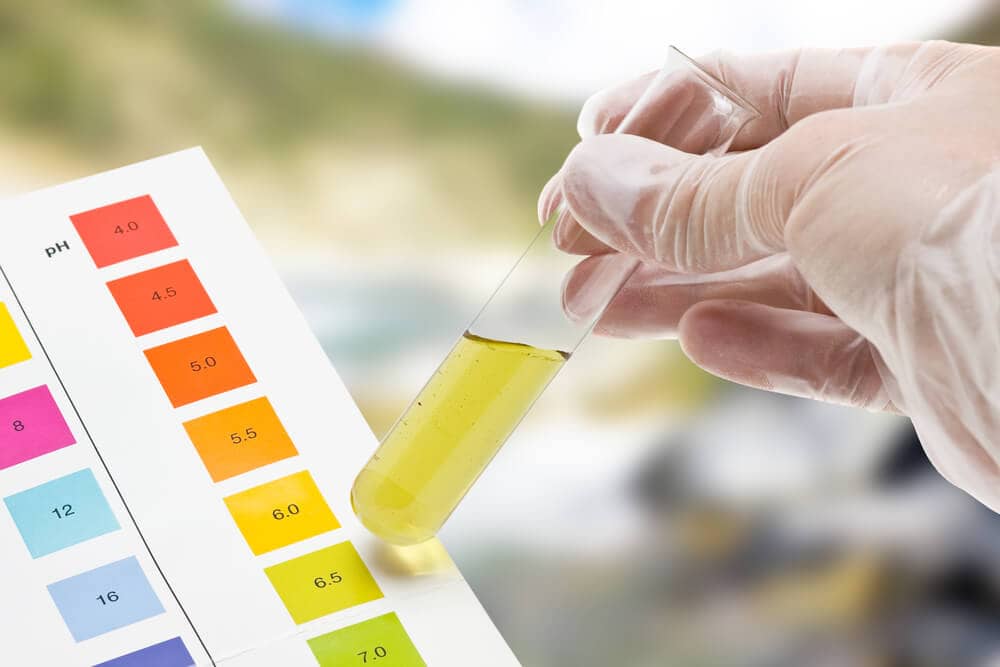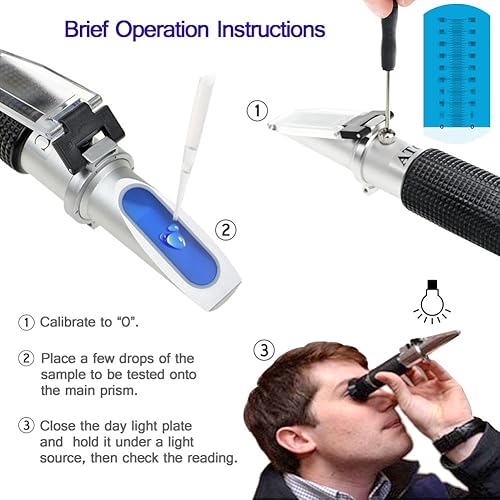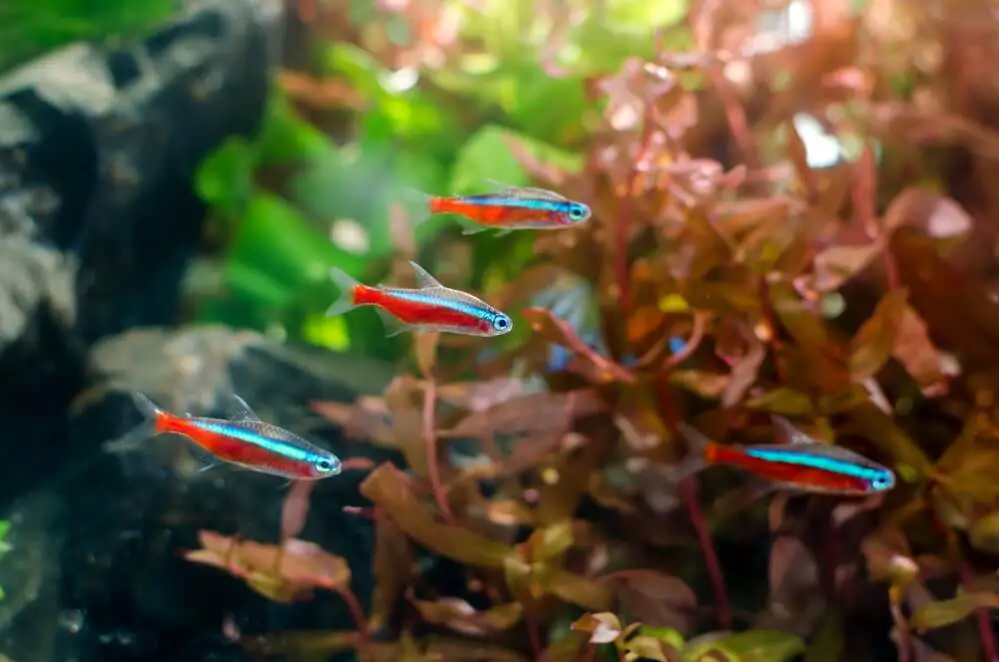
So you just got yourself a fish tank. Congratulations! You are now a proud fish owner. Perhaps you have plenty of experience in raising fish in the past and is one of the seasoned veterans. No matter which category you fall into, you are here to learn about water conditioners for your pet fish. Raising fish is a delicate task and you did the right thing by coming here.
As you may already know, you need a water conditioner to detoxify the water so as to make it habitable for your fish.
But a quick Google search later and you realize that the market is chock-full of water conditioners. For a beginner fish owner, they may feel overwhelmed. It is enough to give a veteran fish owner a headache.
But don’t worry because we are here to help.
In this article, we will recommend some of the best water conditioners and tell you exactly why they are our top picks.
Other than that, we will go over how a water conditioner works and other points of considerations so you can make informed purchase decisions.
To begin, let us talk about water conditioners. What are some of the things you should consider when purchasing one?
Points of Consideration when Choosing a
Water Conditioner
Not all tap water conditioners
are created equal, but what we recommend here should cover all your needs. For
future reference, there are a few things to keep in mind when you are in the
market looking for a tap water conditioner:
The Tank Type: Freshwater or Saltwater
First and foremost, you should know what kind of fish you raise. Are they freshwater or saltwater fish?
But you do not need to stress too much here because you can get away with almost any water conditioner. Many water conditioners can be used with both salt and freshwater tanks. You can tell whether it is for salt or freshwater by reading the label.

In fact, you should read the label. Certain water conditioners are for either saltwater or freshwater. And it is better to spend a few seconds reading the label than regret your purchase later.
This is especially true if you own a saltwater tank because it is not as straightforward as a freshwater tank.
You should go the extra mile and
find out what other compounds your saltwater tank may need and then supplement
that with the right water conditioners and treatments. Your fish will
appreciate it.
What Kind of
Things It Can Remove From Your Tank
Before we can understand why water conditioners are important, we need to understand why the water that comes from the tap is safe to drink.
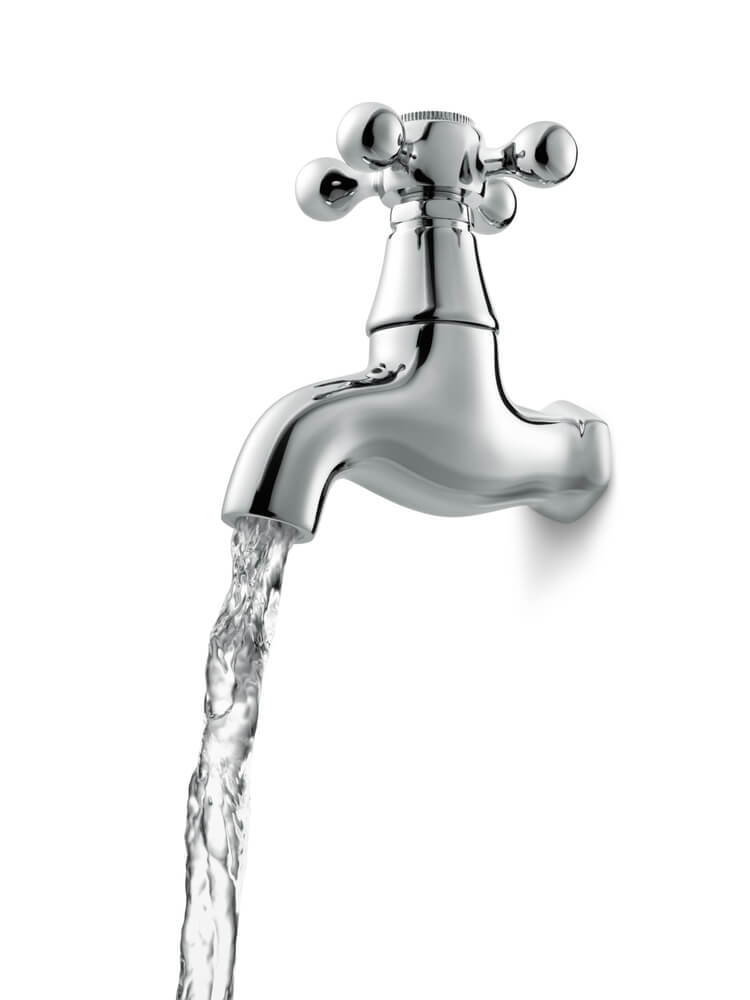
In the past, the water suppliers
used chlorine to disinfect water, so you can drink without having diarrhea. But
chlorine is toxic for your fish.
There are a few ways to remove
chlorine such as boiling the water or let it sit for a long time. The best solution
is to use sodium thiosulfate. It can remove chlorine immediately.
Now, depending on where you live, your water may use another compound called ammonia. This combined with chlorine, creates chloramine.
So even if you apply sodium thiosulfate to your tank, you will only take away the chlorine, not ammonia.
Chlorine, ammonia, let alone chloramine, are all toxic for your fish.
Depending on the products, you can remove and detoxify:
[su_list icon="icon: pencil" icon_color="#000008"]
- Only Chlorine and heavy metal
- Chlorine, chloramine, ammonia, and heavy metal
- Chlorine, chloramine, ammonia, heavy metal and also nitrite & nitrate
[/su_list]
So it is worth checking which category your water conditioner falls under. Some water conditioners help in keeping the nitrite and nitrate under control.
Some of them even contain additives that improve the slimy coating of your fish.
Product Concentration
Product concentration is just as
important. Some water conditioners have higher concentration formula than
others. If you only need a small amount to purify a large amount of water, then
it is high in concentration.
It is possible to over-condition
your water, especially with a highly concentrated formula water conditioner.
While some say that you are unlikely to over-condition your water, some people
have reported that their pet fish died when they used a highly concentrated
conditioner in their small tank.
[su_note note_color="#e2e2e2"]So, conditioners high in concentration should be used to detox a large amount of water. If you have a small tank, it is a better idea to use a conditioner with less concentration. [/su_note]
Make sure you follow the instructions and do the math so you know exactly how much water dechlorinator you need in a gallon.
Other Functions
Some water conditioners do more
than just detoxify the water. It is worth investing in water conditioners that
have other special properties.
Additional coating
Many fish owners look for
protective properties in their water conditioner. That comes in the form of slime coating or other substances that protect your fish’s sensitive mucous
membrane and gills from scratches. The additional coating can help your
fish heal from those scratches.
Beneficial minerals and bacteria
To make your aquarium feel like
home, you want to recreate your fish’s natural environment. Water conditioners
only make the water habitable, but not comfortable. So, you want to introduce beneficial minerals and bacteria. Some
water conditioners can do that and a few even reduce stress in your fish and promote vitality, activity, and breeding
behaviors.
Top 5 Tap Water Conditioners Comparison
Table
- Seachem
Prime: Best all-rounder, 9.4/10 - API
TAP Water Conditioner: Price-Efficient, 9.2/10 - Tetra
AquaSafe Plus: Slime-coating additive and minerals, 9/10 - Aqueon:
Betta Bowls Specialist, 8.6/10 - Fluval:
De-stressor formula, 8.5/10
1. Seachem Prime Fresh and Saltwater Conditioner

The Seachem Prime water conditioner is the best tap water conditioner you can find. It is advertised to have the ability to detoxify the water by removing chloramine, chlorine, ammonia, nitrite, nitrate, copper, lead, and other harmful substance from the water in an instant.
Another huge plus it has going
for it is its efficiency. You only need a
small amount to detoxify a large amount of water. That also means you can
use this conditioner for a long time.
Pros:
[su_list icon="icon: check" icon_color="#3ef323"]
- Has the most customer’s satisfaction and rating
- Works with biofilter to remove ammonia, nitrite, nitrate, and heavy metals
- Flexible application for different conditions
- Instant and permanent detoxification
- Clear and detailed usage instructions
- Has the second-highest concentration
[/su_list]
Cons:
[su_list icon="icon: remove" icon_color="#FF4500"]
- May be smelly, but not dangerous for the fish
[/su_list]
[su_button url="https://www.amazon.com/Seachem-Prime-Fresh-Saltwater-Conditioner/dp/B01MRSR0K1/ref=as_li_ss_tl?keywords=Seachem+Prime+Fresh+and+Saltwater+Conditioner&qid=1577282032&sr=8-2&linkCode=ll1&tag=ap250e-20&linkId=6851db4a6a7807c786c4e8a257a15e97&language=en_US" target="blank" style="flat" background="#ef352d" size="7" center="yes" radius="5" icon="icon: hand-o-right" icon_color="#ffffff" text_shadow="0px 0px 0px #000000" rel="nofollow"]Check price on Amazon[/su_button]
The recommended dosage is 5 ml
per 200l (or 50 gallons). It is to be applied when you change the water in your
tank or to be applied in the water that you add to the tank. But you do not
need to break out your measuring cup because you can use the cap. Each cap
thread is about 1ml if you want to purify a lesser amount of water.
If you want to add the
conditioner directly into your fish tank, make sure you base the amount according
to the volume of the water in the tank.
[su_note note_color="#e2e2e2"]Note: Here, it is worth pointing out that you can add the conditioner directly, but it is safer to add it to the new water, then pour it in.[/su_note]
The dosage changes depending on the situation.
[su_list icon="icon: pencil" icon_color="#000008"]
- If the water has a high chloramine concentration, consider using double the dose.
- If you need to remove nitrite in your water in an emergency, you should use 5 times the normal dose.
- If the water temperature is lower than 30 °C (86 °F) and the level of chlorine and ammonia are low, you only need to use half the dose.
[/su_list]
2. API Tap Water Conditioner

The API Tap Water Conditioner is also a favorite among many fish owners due to its concentration. This water conditioner has the highest concentration compared to all other water conditioners out there. It means you just need to pay the least amount of money in order to detoxify the water.
It removes many harmful waterborne chemicals such as chloramine, chlorine, and others to make your tap water habitable for your fish.
It also neutralizes other chemicals that can destroy fish gills, tissue irritation, and fish death.
Pros:
[su_list icon="icon: check" icon_color="#3ef323"]
- Cheapest product
- Cost-effective
- Highest concentration
- High customer’s rating and satisfaction
[/su_list]
Cons:
[su_list icon="icon: remove" icon_color="#FF4500"]
- Too concentrated for small tanks
[/su_list]
[su_button url="https://www.amazon.com/API-CONDITIONER-Aquarium-Conditioner-16-Ounce/dp/B004LO9KSY/ref=as_li_ss_tl?ac_md=1-0-VW5kZXIgJDEw-ac_d_pm&keywords=API+Tap+Water+Conditioner&pd_rd_i=B004LO9KSY&pd_rd_r=e032dddf-a0eb-489b-9f59-760dac5595ae&pd_rd_w=W3nXR&pd_rd_wg=vEc9R&pf_rd_p=aba5dc0d-7593-4752-a14d-357ecc5c98cc&pf_rd_r=S6K8MN3093JR5TAY5AW2&psc=1&qid=1577281185&linkCode=ll1&tag=ap250e-20&linkId=5823b240aecc0dd70d2ba2f48ca0c71a&language=en_US" target="blank" style="flat" background="#ef352d" size="7" center="yes" radius="5" icon="icon: hand-o-right" icon_color="#ffffff" text_shadow="0px 0px 0px #000000" rel="nofollow"]Check price on Amazon[/su_button]
Having a high concentration product means you will not need to use as much conditioner to detoxify your water.
That means you won’t need as much conditioner to detoxify your tank, so the conditioner will last you a very long time. This makes the API conditioner a great value.
The recommended dosage is just 1ml per 60 liters (15 US gallons) of water. If your water contains chloramine, then you need 3ml per 60 liters (15 US gallons) of water.
It is best that you use it if
your aquarium contains 20 gallons of water or more. Although the product is
concentrated, you can still use it for small water tanks. You just need to do
some math to find the right dosage.
Finding the right dosage should not be difficult. You will get a detailed instruction that comes with the conditioner. You just need to follow the instructions and you should not have any issue detoxifying the water. This water conditioner works with both saltwater and freshwater tanks.
3. Tetra AquaSafe Plus Water Conditioner

Another great aquarium dechlorinator in
our selection is the Tetra AquaSafe Plus. The AquaSafe Plus can detoxify the
water the same way as the Seachem Prime, although the company did not promise
that the effect will be instantaneous. But it is fast enough – at a few
seconds, as advertised.
Another thing this conditioner has going for it is its additive.
That means when you apply this to your water, your fish will get the slimy coating which helps protect them from abrasions and heal wounds faster.
Pros:
[su_list icon="icon: check" icon_color="#3ef323"]
- Bottle is a dispenser in itself.
- Contains seaweed extracts to develop good filter bacteria.
- Includes vitamins and minerals work to increase the vitality, breeding behavior and activity of your pet fish.
[/su_list]
Cons:
[su_list icon="icon: remove" icon_color="#FF4500"]
- Low concentration.
[/su_list]
[su_button url="https://www.amazon.com/Tetra-AquaSafe-Conditioner-Dechlorinator-33-8-Ounce/dp/B00176CVK8/ref=as_li_ss_tl?ac_md=0-0-dGV0cmEgYXF1YXNhZmUgcGx1cw==-ac_d_rm&keywords=Tetra+AquaSafe+PLUS&pd_rd_i=B00176CVK8&pd_rd_r=94d347af-67d4-4922-99be-f76079233987&pd_rd_w=a3WTg&pd_rd_wg=rLcum&pf_rd_p=6d29ef56-fc35-411a-8a8e-7114f01518f7&pf_rd_r=SY3AN4GTNEN3NSTYVKMT&psc=1&qid=1575563374&linkCode=ll1&tag=ap250e-20&linkId=c5680c1f70123e45ab7295d58c8100aa&language=en_US" target="blank" style="flat" background="#ef352d" size="7" center="yes" radius="5" icon="icon: hand-o-right" icon_color="#ffffff" text_shadow="0px 0px 0px #000000" rel="nofollow"]Check price on Amazon[/su_button]
Another thing worth pointing out is that the Tetra AquaSafe Plus contains beneficial materials that are lacking in normal tap water. These materials help your fish thrive.
The recommended dosage is one teaspoon (5ml) for every 10 gallons of water.
4. Aqueon Tap Water Conditioner

The Aqueon water conditioner works best when you have a small tank.
[su_note note_color="#e2e2e2"]It specializes in detoxifying a small amount of water with limited filtration and water circulation and freshwater tanks. [/su_note]
This conditioner also contains additives that restore the slime coating of your fish to help them heal and protect them from abrasions.
Pros:
[su_list icon="icon: check" icon_color="#3ef323"]
- Can also remove ammonia
- Perfect for small betta bowls
[/su_list]
Cons:
[su_list icon="icon: close" icon_color="#FF4500"]
- Lowest concentration product
- Only for freshwater tanks
[/su_list]
[su_button url="https://www.amazon.com/Aqueon-Aquarium-Water-Conditioner-16-Ounce/dp/B0010729SS/ref=as_li_ss_tl?ac_md=0-0-YXF1ZW9uIHdhdGVyIGNvbmRpdGlvbmVy-ac_d_rm&keywords=Aqueon+Water+Conditioner&pd_rd_i=B0010729SS&pd_rd_r=49429fdb-339c-4aac-8e1d-0a8c2d4e2cb9&pd_rd_w=xYt45&pd_rd_wg=dG8Jo&pf_rd_p=6d29ef56-fc35-411a-8a8e-7114f01518f7&pf_rd_r=WJZHSP0RMEX5SDEY85PH&psc=1&qid=1575566650&linkCode=ll1&tag=ap250e-20&linkId=5a18f9d7ccdfafece3c6c586505a031a&language=en_US" target="blank" style="flat" background="#ef352d" size="7" center="yes" radius="5" icon="icon: hand-o-right" icon_color="#ffffff" text_shadow="0px 0px 0px #000000" rel="nofollow"]Check price on Amazon[/su_button]
Although it only works with freshwater tanks, it is still a great aquarium dechlorinator because of the additives that give the slime coating.
The recommended dosage is 5ml per 10 US gallons. You should receive a detailed manual that comes with the water conditioner, so you can detoxify your water properly.
It is advertised that your water
will be detoxified instantly the moment you apply the conditioner. But just to
be safe, purify the tap water in a separate container and let it sit for 30
minutes or so before you add it to your tank.
5. Fluval Water Conditioner

Finally, we would like to present the Fluval water conditioner. It removes chlorine, chloramine, as well as other toxic metals.
This water conditioner also comes with a special formula that reduces stress for your finned friends.
Pros:
[su_list icon="icon: check" icon_color="#3ef323"]
- Protects the sensitive mucous membrane of the fish
- Stress-reducing formula
[/su_list]
Cons:
[su_list icon="icon: remove" icon_color="#FF4500"]
- The second-lowest concentration
- Large amount per dose means you will need to buy a new one sooner
[/su_list]
The recommended dosage is 5ml per 10 US gallons. If your water contains chloramine or you want to provide additional protection to your fish’s scales and fins, consider applying 10ml per 10 US gallons.
Our Picks:
The Best One –
Seachem Prime
Okay, so why did we wholeheartedly recommend the Seachem Prime water conditioner? Based on over 3,000 ratings on Amazon and other reviews, we can say with certainty that this is the best tap water conditioner.
For one, it is very potent. You
only need a small amount to detoxify a huge quantity of water. That means your
product won’t run out for a long while.
Another reason is that the detoxification effect is almost instantaneously, so you do not need to sit around waiting anxiously until the conditioner settles in.
[su_button url="https://www.amazon.com/Seachem-Prime-Fresh-Saltwater-Conditioner/dp/B01MRSR0K1/ref=as_li_ss_tl?crid=1IKEK0260KCLA&keywords=tap+water+conditioner+aquarium&qid=1575563007&sprefix=tap+water+condi,aps,477&sr=8-2&th=1&linkCode=ll1&tag=ap250e-20&linkId=c72e6da8698311708a5407f0becdb563&language=en_US" target="blank" style="flat" background="#ef352d" size="7" center="yes" radius="5" icon="icon: hand-o-right" icon_color="#ffffff" text_shadow="0px 0px 0px #000000" rel="nofollow"]Shop now at Amazon.com[/su_button]
The Most Affordable One – API
The API TAP water conditioner has received recognition from many customers as one of the best tap water conditioners.
Unlike the Seachem Prime, the API is odorless. The smell from Seachem Prime can be unbearable for some people, so the API is an excellent alternative.
Other than that, the API conditioner also has the highest concentration among all the water conditioners in the market.
That means you only need to apply a small amount to purify a large amount of water. Just a bottle of the API conditioner can last you a very long time, making it a very cost-efficient solution.
[su_button url="https://www.amazon.com/Seachem-Prime-Fresh-Saltwater-Conditioner/dp/B01MRSR0K1/ref=as_li_ss_tl?crid=1IKEK0260KCLA&keywords=tap+water+conditioner+aquarium&qid=1575563007&sprefix=tap+water+condi,aps,477&sr=8-2&th=1&linkCode=ll1&tag=ap250e-20&linkId=c72e6da8698311708a5407f0becdb563&language=en_US" target="blank" style="flat" background="#ef352d" size="7" center="yes" radius="5" icon="icon: hand-o-right" icon_color="#ffffff" text_shadow="0px 0px 0px #000000" rel="nofollow"]Shop now at Amazon.com[/su_button]
Related Questions
Now that you know what water
conditioner is best for your needs, what else is there to know about water
conditioners?
Actually, there are a few more
things we want to cover. All of these tips we will give you below will help you
get the most out of your water conditioner and keep your fish alive and happy.
What is a Tap
Water Conditioner
A tap water conditioner is a
detoxifier that you apply to the tap water to purify it and to make it safe for
your fish. There are many types of water conditioners, which we will cover
later. But the general idea is that it neutralizes toxic elements inside the
water.
Many commercial tap water
conditioners can purify both fresh and saltwater, although it is worth reading
the label first. Other than that, you may want to understand what kind of
substance your water supplier uses to detoxify their tap water so you can get
the right conditioner.
How Does it Work?
A tap water conditioner works when you apply it to the water. Depending on the product, it will seep into the water and cause a chemical reaction with certain toxic elements in the water, neutralizing them.
That means the water conditioner converts the toxic substance into a harmless one that either stays in the water or is removed by your filter.
Certain water conditioners also contain special additives that add beneficial minerals to the tank. That could promote good bacteria, activities in your fish, or provide an additional protective coating.
Some even contain substances to help keep your tank clean, such as those that neutralize nitrate that promotes algae growth.
Water Conditioner
Types
There are three main types of
water conditioners, each of which has their own special functions. Knowing these
will help you choose the correct conditioner for your tank. They are:
De-Chlorinators
This is the most basic form of
water conditioner, albeit almost outdated nowadays. Back in the day, water
suppliers use chlorine to make tap water safe to drink. But the chlorine is not
safe for the fish. That is why you need dechlorinators to purify your water.
Nowadays, things got more
complicated because more and more water suppliers use chloramine, which is
safer for you but not for your fish. Here, dechlorinators are not enough to
purify the water. This is where chloramine neutralizers come in.
Chloramine
neutralizer
Chloramine neutralizers are designed specifically to remove chloramine in your water. Chloramine is the combination of chlorine and ammonia, both of which are toxic for your fish.
Using dechlorinators alone will leave ammonia in the water. As such, you want to use a chloramine neutralizer to make your water safe for your fish.
Complete
Conditioners
The complete conditioner does what it says on the tin. This is perhaps the best option for many beginner fish owners because you are getting everything in one neat package.
The complete conditioner can remove every toxic substance in the water that may harm your fish. That means it will remove chloramine, chlorine, ammonia, and other toxic metals such as lead and copper from your tank.
If you are unsure what kind of substance your water provider used to treat their water, then the safest option is to detoxify it with a complete conditioner.
How and When to
Use It
Using a water conditioner is pretty straightforward.
You simply have to measure how much water you need to purify, the recommended dosage, and calculate how much water conditioner you need.
Then, pour the conditioner into the water you want to purify in a separate container before you pour the purified water into your fish tank. Make sure you follow the instructions closely.
So, how often should you use water conditioners?
It depends on how often you change or add new water to the tank. It is best that you change your water weekly, so you should use water conditioners during the water change.
Proper Usage
Applying a water conditioner is
simple, but you should exercise caution. There are two common mistakes that
both rookie and veteran fish owners make. They are:
Purify, then Pour
The most common mistake that many fish owners make is that they add the conditioner while the fish is still inside the water.
This can quickly lead to the death of all your fish in one fell swoop. Therefore, make sure you detoxify the water first before you add it to the tank.
While some water conditioners claim that it can detoxify the water in a matter of seconds, it is best to let it sit for a few hours. By then, the chemical reactions should be completed and the water should be safe and habitable for your fish.
It is better to wait a bit longer than having to deal with the loss of some, if not all, your fish.
You see, when you put unpurified tap water into the tank, then add the conditioner, the chlorine and chloramine may not be removed immediately. Your fish can still come into contact with this toxic substance and can die from it.
So, let the conditioner do its magic before you add the newly-purified water in.
Use the Right Dosage
It’s not just the waiting time, either. You also need to use the right amount or dosage.
You can get away with overusing the conditioner, but it can depend on the product concentration and the manufacturer.
Some designed their products to be safe even when overused. Even so, it is still good practice to use the right dosage.
So, how many drops do you need in a gallon?
It depends on the conditioner you use. There should be a pamphlet that comes with the conditioner that will tell you everything you need to know. Some conditioners come with a cap that doubles as a measuring cap for just the right dosage.
How to Make Tap Water Safe for Your Fish
without Conditioner
If you wish to purify your water without using a water conditioner, then you have a few options at hand.
You can let it sit, which can take 4 and a half days for 10 gallons of water, or use ultraviolet lights, circulation, and aeration to speed up the process.
However, the best and quickest method is to boil the water. On average, you only need to boil 10 gallons of water for 6 to 8 minutes to completely remove chlorine.
But, chloramine is a different story. What’s the difference?
Chlorine in the water can evaporate if you let it sit after a while. Chlorine is “free” and it is instilled into the water using pipe pressuring. So when the water leaves the pipe, chlorine is no longer contained by the pressure and can start to evaporate.
But chloramine does not evaporate as easily. You will need to spend more time boiling the water to completely remove chloramine. So, how long does it take to purify via boiling?
First, test your water to see the ppm ( parts per million) level of your water. When you have that number, compare it to the list below and multiply or divide accordingly:
- 10 gallons for 1 ppm of chlorine needs 4 minutes of boiling
- 10 gallons for 1 ppm of chloramine needs 65 minutes of boiling
So, if your water tests for 2 ppm of chloramine, then you may need up to 130 minutes for just 10 gallons.
It is worth checking with your water provider to know whether they use chlorine or chloramine in their water.
But as you can see, it takes a lot of time to boil away the chloramine or just chlorine in the water. This can be a big pain. Hence, if you can get your hands on water conditioners, use those instead.
That way, you do not have to go through the trouble of boiling a lot of water when you need to add new water to the tank.
Conclusion
To conclude, we can say with certainty that Seachem Prime water conditioner is the best water conditioner. It is affordable, long-lasting, and very potent in its detoxification and time it needs to do so. It is an ideal option for both beginner fish owners and seasoned aquarium enthusiasts alike.
With all that said and done, this
is everything you need to know about water conditioners. With this knowledge,
you will be able to make informed purchase decisions. That means you will get
the most out of your money and your finned friends can swim happily inside your
fish tank.
Read the original article at :
5 Best Tap Water Conditioners –Indispensable Things For Your Fishtank (2019-Review)
